BCO 2022: Muse, Bruntwood and U+I on key office issues, trends
Bruntwood’s Chris Oglesby, Muse’s Phil Mayall and U+I’s Martyn Evans discussed placemaking, sustainability and changing occupier demands at the British Council for Offices’ annual conference in Manchester.
A panel chaired by Manchester City Council’s director of development Becca Heron covered a broad range of topics as the industry heavyweights talked about the challenges and opportunities facing companies developing offices in the city region.
It’s all about place
Schemes like Mayfield aim to be exemplars of how to create vibrant places around office development, Evans said.
As well as a seven-acre public park, Manchester’s first for more than 100 years, Mayfield will see the delivery of 2,000 homes and 1.5m sq ft of office space.
“The ability to see all of that working together as a place is what’s going to make us successful in our business,” Evans said.
“We need to do our research. We need to be constantly out in the world learning and understanding how we are pivoting and shifting.”
Oglesby agreed, shedding light on how occupier demands had shifted in the last 30 years.
In 1991, it was all about location, he said. Now, the spectrum of elements that occupiers consider when looking for office space includes more of a focus on amenity, flexibility and community.
“There has never been a more exciting time to be developing offices in Manchester,” Oglesby said.
The elements Oglesby spoke about are now even more important in a post-pandemic world, in which businesses are attempting to entice workers back to the office.
“While we’re in the business of connecting glass and steel and bricks and mortar to make buildings, what we’re really doing is making places for people to collaborate and operate,” said Evans.
“We have to inspire [staff] to come from away from their comfortable homes by making our offices places that are welcoming, where people feel that they can do better in their jobs.”
It’s not all about embodied carbon
While the panellists agreed that there should be a “presumption of reuse” when it comes to development, they conceded it was not always possible to retrofit offices.
Oglesby, whose company plans to knock down the 70,000 sq ft Alberton House and build a 200,000 sq ft replacement, said Bruntwood looked at retaining the building’s core but discovered it wasn’t possible “because the quality was so poor”.
However, where possible, Bruntwood is adopting a retrofit-first approach. The developer has already refurbished several offices in Manchester city centre and is embarking on its latest retrofit scheme at Pall Mall on King Street.
Mayall, who presides mainly over new-build projects, said sustainability is about more than simply reducing embodied carbon. He pointed to Eden, the latest phase of workspace at New Bailey, as a good example of how new stock can benefit the local area in sustainability terms.
Eden will see a former surface car park replaced with an office block that is zero carbon in operation and features a green wall, designed to contribute to improving air quality around the inner ring road.
That being said, Mayall added it was incumbent on developers to challenge the norm in order to reduce the amount of embodied carbon in new-builds.
“Win on carbon, win on cost,” he said.
Out-of-town viability is an issue
One of the biggest challenges facing developers is making office projects in locations outside of large cities stack up.
While rents in places like Manchester and Salford are sufficient to cover the rising cost of development and provide a profit, margins are tighter elsewhere.
“In Stockport and Blackpool, amongst others, rents are could be half to three quarters [compared to cities],” Mayall said.
Despite these constraints, developers somehow have to find a way to overcome this issue of viability to deliver a good quality product for businesses.
“I can tell you that those occupiers in those locations are asking for exactly the same thing [as city centre occupiers] and that’s the biggest challenge,” he said.

Occupiers in less commercially viable locations such as Stockport expect the same standard of office space as city centre scheme, Mayall said. Credit: via Muse Developments
Talent pools need to be more diverse
All of the panellists agreed that more needs to be done to broaden the industry’s talent pool, especially in the face of the skills shortage facing the construction and development sectors.
Oglesby said the scale of the retrofit opportunity could allow the industry to create jobs for young people in Greater Manchester “for 30 or 40 years”.
“It is up to our sector to be more diverse in terms of the pools that we are fishing for talent in,” he said.
Evans said that investors and shareholders were putting pressure on companies to question things that have been commonplace in the industry for years including how recruitment works.
“We have to understand how we as builders of these places can support the development of talent across the talent pool,” he said.
Innovation districts should prioritise inclusivity
Both Bruntwood and Muse are delivering innovation districts that aim to provide businesses with space to try and solve the issues facing society, including the pursuit of a zero-carbon economy and the need to grow the UK’s manufacturing capabilities post Brexit.
ID Manchester, Bruntwood SciTech’s £1.5bn redevelopment of the 26-acre former UMIST campus into a 2.6m sq ft district, has inclusivity at its heart, according to Oglesby.
“It is a place where innovation is going to be a place where the young kids of the city have the social capital to be able to get into the high-value jobs that we’re creating.
“Diversity of background is such an important thing. So being able to open up ID for the communities around is a big thing,” he said.
Mayall agreed, citing one of the main challenges around creating an innovation hub within the Salford Crescent masterplan as working out a way to integrate the surrounding areas.
“We have some of the most deprived communities in the country right on the doorstep,” he said.
“So the very first thing we’re doing is not building buildings, it’s ripping down barriers because what we want to do is create [where] a broadly diverse community can come in and go, ‘You know what, I’m going to try something.’”


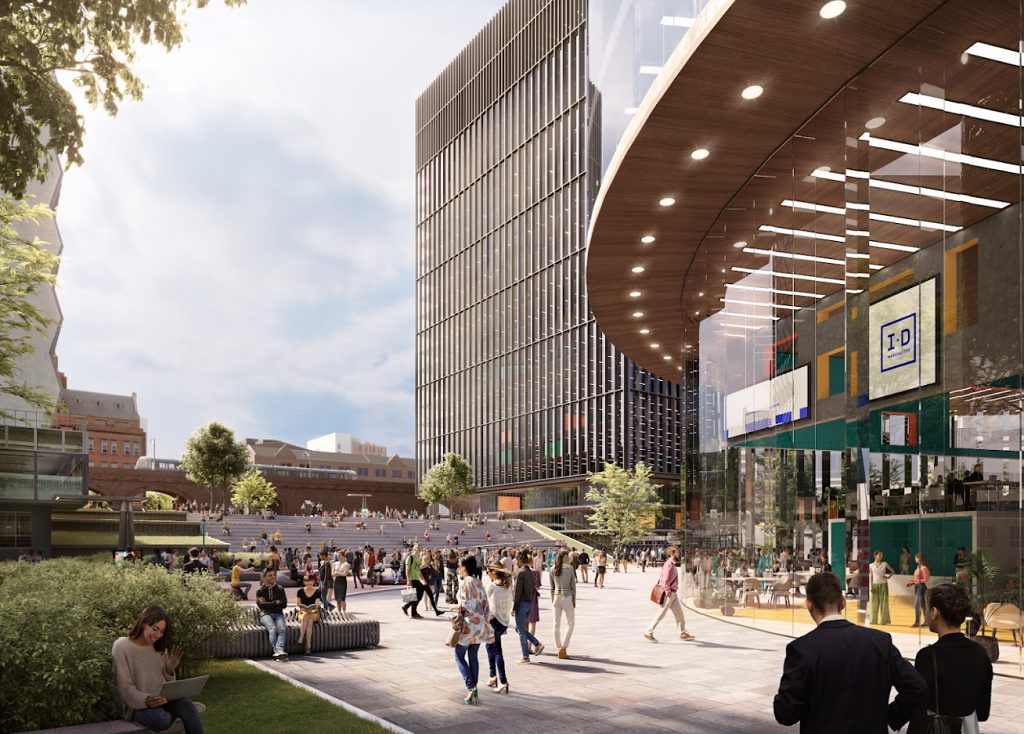
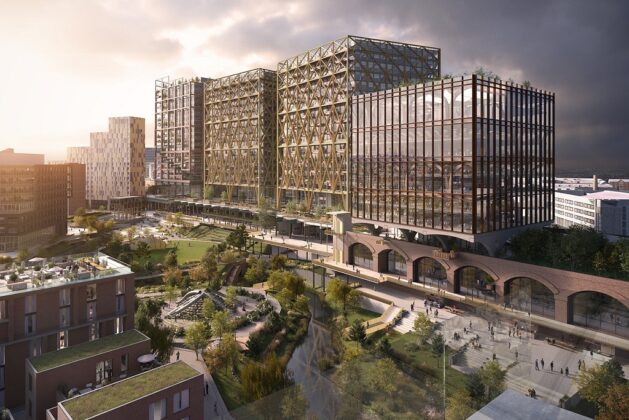
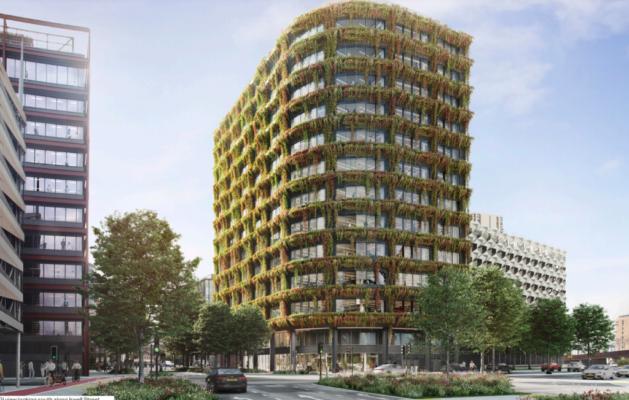
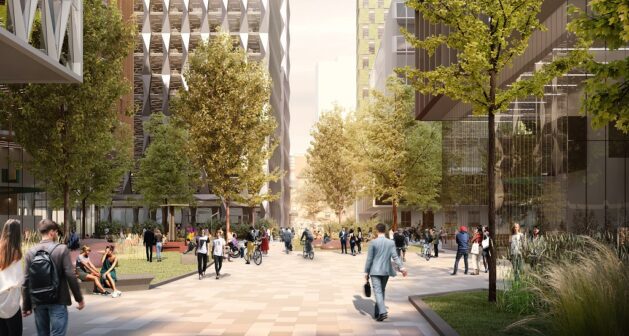
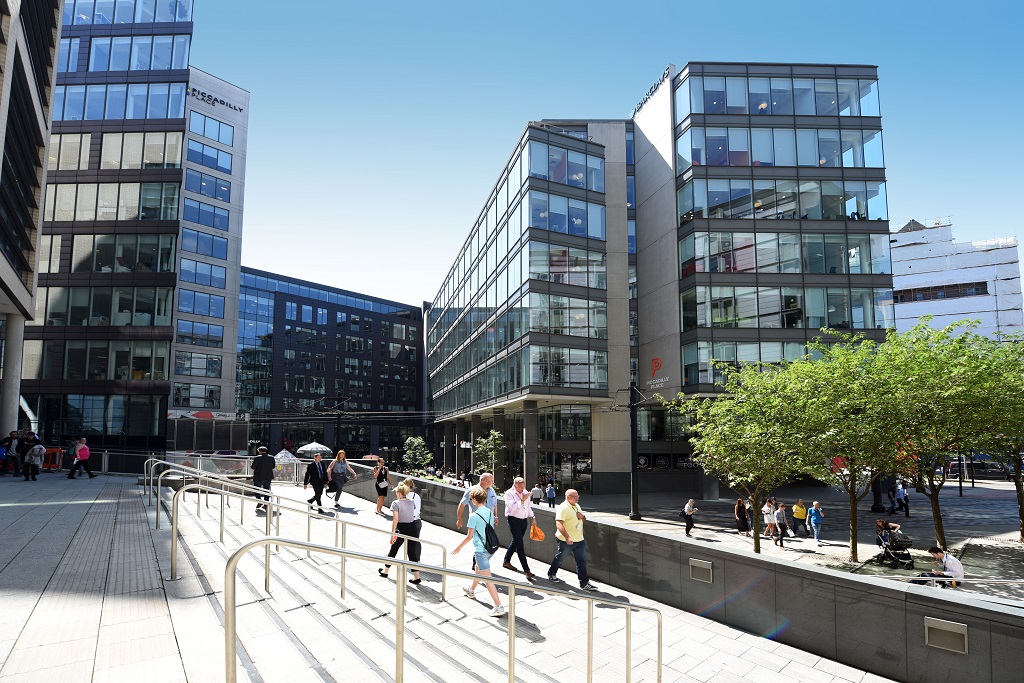
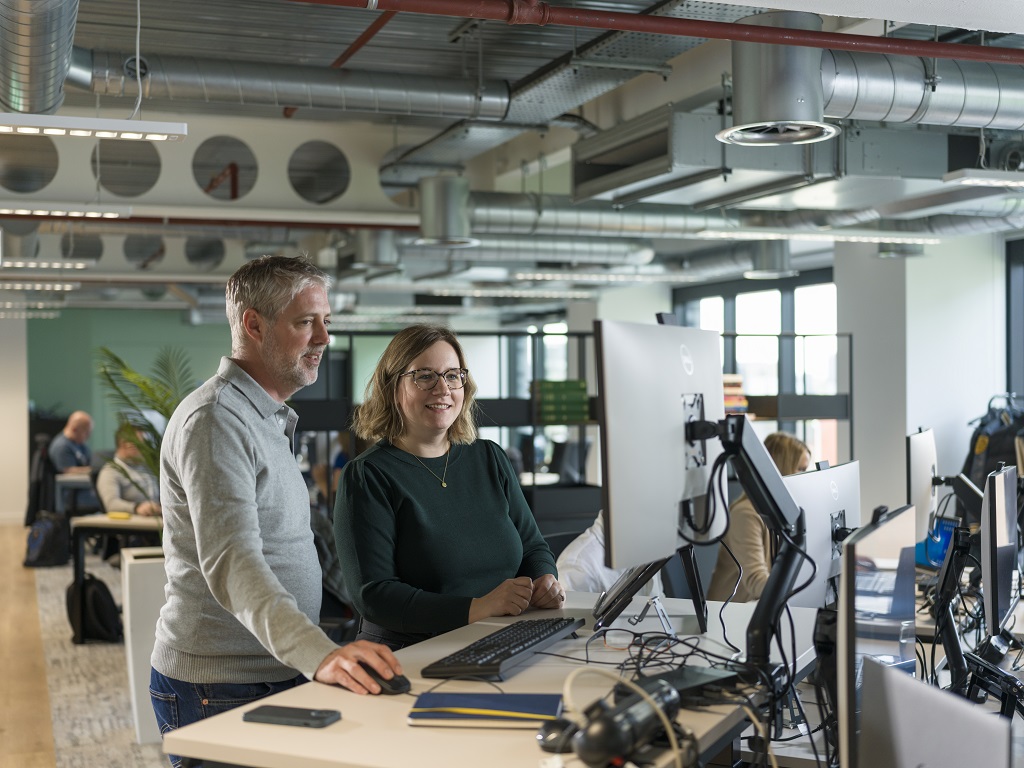
Good luck inspiring people by the quality environment of your offices to want to work there when we have the highest price railway tickets in Europe and virtually ZERO trains running the whole of next work and record fuel prices.The reality is home working is going to become more and more what people want and not expensive unfamily friendly commute.
By Fred Meyer
Speak for yourself Fred. I love coming into the office and getting out and about in a buzzing City. Couldn’t think of anything worse than spending all day working at home and then being there in the evening also during the winter months. But horses for courses I suppose.
By Bob
Have to agree with Bob on that one although 3 days a week would do me. I guess what people want is flexibility. These thing change over the years as the economy and company attitudes alter. I remember 25 years ago my company was in the vanguard of home working. That changed a few years before covid and they forced us to ‘centralise’ in a number of buildings. Covid has been a blessing in that regard for those who want to wfh but trust me it won’t last.
By Anonymous
I currently work 50/50 home/office, and it’s about the perfect balance. I think its a bit of a myth that everyone wants to work from home. I think what people really want is the choice to have a more amenable and flexible work-life balance. When I was in Manchester 2 days ago the place was heaving with office workers, so the office, contrary to what some would have you believe, is far from dead.
By Manc Man
I know this is slightly of point however every I read think i have a handle on the business districts being built around the city centre another one appears. Ive had to look up ID Manchester and add it to my increasingly long list. Circle Square , First St, Spinningfields, New Bailey, St Johns, Mayfield (at some point) Salford Quays , Noma and probably more Ive forgotten about. The office certainly didn’t look dead when I was in Town today!
By Anonymous